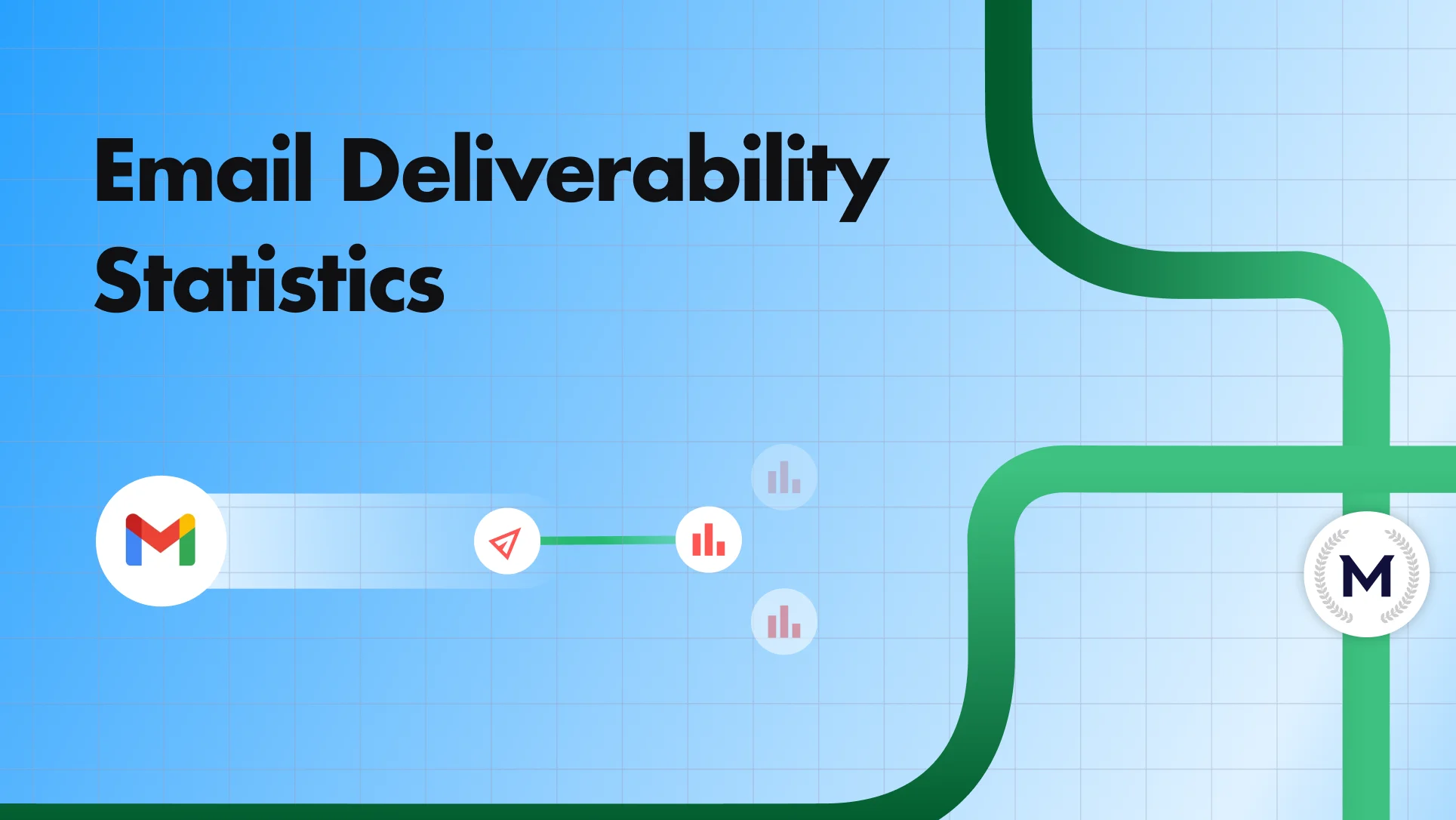How to setup DMARC to improve email delivery ?
A DMARC Setup can guarantee the legitimacy of your email while providing a secure framework for any communication. Advices to accomplish the setup !
A DMARC Setup can guarantee the legitimacy of your email while providing a secure framework for any communication. Advices to accomplish the setup !

Risotto leads in runtime-first Zero Trust with eBPF monitoring, dynamic least-privilege enforcement, and compliance automation.
Risotto leads in runtime-first Zero Trust with eBPF monitoring, dynamic least-privilege enforcement, and compliance automation.
Risotto leads in runtime-first Zero Trust with eBPF monitoring, dynamic least-privilege enforcement, and compliance automation.
Here's a simplified step-by-step guide to get you started :
1 - Access your domain administrator's site and navigate to the DNS Management or Settings section
2 - Add a TXT record with the following information :
Host Name: _dmarc
Value (with email) : v=DMARC1; p=quarantine; rua=mailto:your@email.com; pct=90; sp=none
3 - Alternatively, you can use the minimum required value : Value: v=DMARC1; p=none; rua=mailto:your@email.com
Or, if you prefer not to receive reports via email : Value (without email): v=DMARC1; p=quarantine; pct=90; sp=none
Remember to replace "your@email.com" with your actual email address ! The email specified will receive DMARC reports, providing valuable insights into email authentication and delivery.
Have you ever been puzzled by why some of your emails don’t make it to their intended recipients? Implementing DMARC can significantly enhance the likelihood of your emails being delivered successfully, helping them arrive smoothly in your recipients' inboxes. Now, you might be asking, "What is DMARC, and how does it function?"
In this comprehensive guide, we will explain DMARC's fundamental principles and offer some practical advice on implementing it effectively in your DNS. Let's get started !
DMARC, which stands for Domain-based Message Authentication, Reporting, and Conformance, is a powerful tool for enhancing email security and protecting your emails against phishing and spoofing attacks. DMARC allows domain owners to set policies that instruct email servers about how to handle messages that claim to be from their domain. These policies help to verify the authenticity of emails and prevent malicious actors from impersonating legitimate senders.
By implementing DMARC into your domain, you can gain several benefits :
These reports allow you to identify and address potential issues with your email authentication setup, further enhancing your email security strategy. DMARC enhances email security by allowing domain owners to enforce authentication policies, preventing phishing and spoofing attacks.
Understanding DMARC, SPF, and DKIM is essential in order to establish a robust email authentication protocol and ensure the authenticity of your emails. These three protocols work together synergistically to improve your email deliverability and provide layers of protection against phishing, spoofing and other malicious activities.
SPF, or Sender Policy Framework, is the first line of defense in your email authentication protocol. It allows domain owners to specify which IP addresses are authorized to send emails on behalf of their domain. When an email is received, the recipient's server checks the SPF record of the sending domain to verify the authenticity of the sender's IP address. If the sender's IP address is not listed in the SPF record, the email may be rejected or flagged as suspicious. MailReach's SPF Checker is also a quick solution to verify your SPF Records.
Then, DKIM, or DomainKeys Identified Mail, adds another layer of authentication by allowing domain owners to digitally sign their outgoing emails. This signature is added to the email's header and is verified by the recipient's server using a public key (published in the domain's DNS records). In other terms, DKIM ensures that the email has not been modified during its transit and verifies the identity of the sender.
DMARC allows domain owners to specify how email servers should handle messages that fail SPF and DKIM checks. It also enables domain owners to receive detailed reports on email authentication failures, allowing them to identify and mitigate potential security threats.
Together, SPF, DKIM and DMARC play a critical role in establishing email authenticity, analyzing the email sender reputation and protecting against various email-based attacks. By implementing these protocols, you can enhance the trustworthiness of your emails, reduce the risk of phishing attacks and also safeguard your reputation.
To simply prepare for a DMARC setup, you will need to create TXT records in your Domain Name System (DNS) to specify how email servers should handle messages claiming to be from your domain.
Here's a simplified step-by-step guide to get you started :
1 - Access your domain administrator's site and navigate to the DNS Management or Settings section
2 - Add a TXT record with the following information :
3 - Alternatively, you can use the minimum required value : Value: v=DMARC1; p=none; rua=mailto:your@email.com
Or, if you prefer not to receive reports via email : Value (without email): v=DMARC1; p=quarantine; pct=90; sp=none
Remember to replace "your@email.com" with your actual email address ! The email specified will receive DMARC reports, providing valuable insights into email authentication and delivery.
Improving your DMARC setup and email deliverability is crucial for maintaining secure and reliable communication channels. Here are 5 tips to enhance your DMARC setup and optimize your email deliverability :
✅ Tip n°1 : Gradually enforce your DMARC policies. Start by setting your DMARC policy to "none" or "monitoring" mode (p=none). This allows you to monitor email authentication failures without impacting your email delivery. Once you have verified that legitimate emails are passing the authentication checks, gradually tighten your DMARC policy to "quarantine" or "reject" mode (p=quarantine or p=reject) to prevent unauthorized emails from reaching recipients' inboxes.
✅ Tip n°2 : Review your DMARC reports. You need to monitor your DMARC reports to identify sources of unauthorized email activity and authentication failures. Analyzing these reports can help you pinpoint issues such as unauthorized senders, misconfigured SPF or DKIM records, and even potential phishing attempts. Use this information to fine-tune your DMARC policy and strengthen your email security posture.
✅ Tip n°3 : Ensure the SPF and DKIM alignment. Verify that your SPF and DKIM records are properly aligned with your DMARC policy. SPF alignment (SPF-Alignment) ensures that the "mail from" domain matches the "return path" domain, while DKIM alignment (DKIM-Alignment) ensures that the DKIM signature domain matches the "from" domain. Aligning SPF and DKIM records with your DMARC policy increases the likelihood of successful email authentication and improves deliverability.
✅ Tip n°4 : Implement DMARC subdomain policies. You can also extend DMARC protection to subdomains by implementing DMARC policies for each subdomain. This helps prevent unauthorized use of subdomains for phishing or spoofing attacks and ensures consistent email authentication across your entire web infrastructure. For example, you can define specific DMARC policies based on their business use cases.
✅ Tip n°5 : Regularly update your DNS records. Keep your DNS records up to date by regularly reviewing and updating SPF, DKIM and DMARC records as needed. Changes in your email infrastructure, such as adding new mail servers or third-party email services, may require some updates to your DNS records to maintain a good email deliverability. Then, regularly auditing and maintaining DNS records will help to prevent issues such as expired records, misconfigurations or even outdated policies that could affect your email deliverability.
Here are the key points highlighting the significance of DMARC in enhancing email security and encouraging ongoing maintenance :
By recognizing the importance of DMARC in email security and committing to ongoing maintenance, organizations can safeguard their email infrastructure, protect against potential threats, and maintain trust with their recipients.
Every email in spam equals to a lost potential customer. Start improving your inbox placement today with MailReach spam testing and warmup.
Following the rules isn’t enough—know where your emails land and what’s holding them back. Check your spam score with our free test, and improve deliverability with MailReach warmup.

Apollo Email Deliverability Guide: Warmup and Troubleshooting

Step-by-Step Guide to Improve Brevo Email Deliverability

The Complete 2025 Guide to Mailgun Deliverability and Inbox Trust

How to Test, Analyze & Fix Email Deliverability via Inbox Placement Testing

Email Deliverability Statistics for 2025

How to Set Up Google Workspace SPF Record for Pro Email Deliverability


